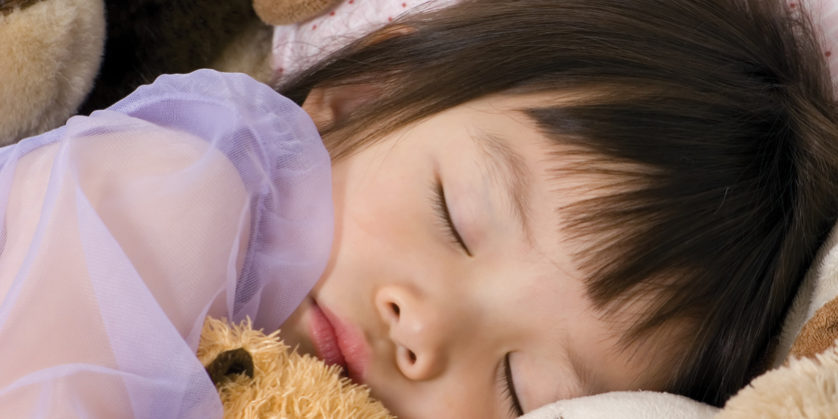By Nick Patel, DO
 Our sleep-wake times and internal clock, aka circadian rhythm, are extremely highly regulated bodily functions. The annual Daylight Savings Time “spring forward” can cause disruptions in normal sleep patterns for children and adults. While parents may be more accustomed to the annual change, children may have more trouble adjusting to the sleep deprivation and experience more daytime disruptions. It may also take your child longer to fall asleep with the time change since we move the clock forward and he or she may not be as sleepy as at their usual bedtime.
Our sleep-wake times and internal clock, aka circadian rhythm, are extremely highly regulated bodily functions. The annual Daylight Savings Time “spring forward” can cause disruptions in normal sleep patterns for children and adults. While parents may be more accustomed to the annual change, children may have more trouble adjusting to the sleep deprivation and experience more daytime disruptions. It may also take your child longer to fall asleep with the time change since we move the clock forward and he or she may not be as sleepy as at their usual bedtime.
To help your child make that adjustment, here are some tips to ease the transition and keep sleep deprivation at a minimum.
• Make “spring forward” adjustments. Some parents find it is best to try to start making adjustments a day or few before the time change by moving your child’s bedtime earlier by 15 minutes each night.
• Expect the effects. Children will generally require a few days to a week to adjust to the time change. There may be some crankiness, irritability, hyperactivity or excessive fatigue from being tired until your child has fully compensated for the time change.
• Don’t overcompensate. Maintain your child’s regular sleep, wake and nap times after daylight savings time. Try not to compensate for the lost hour by delaying bedtime or allowing your child to sleep in. This will increase the time it takes to transition.
Dr. Nick Patel is a pulmonologist and intensivist who also specializes in pediatric sleep medicine.

